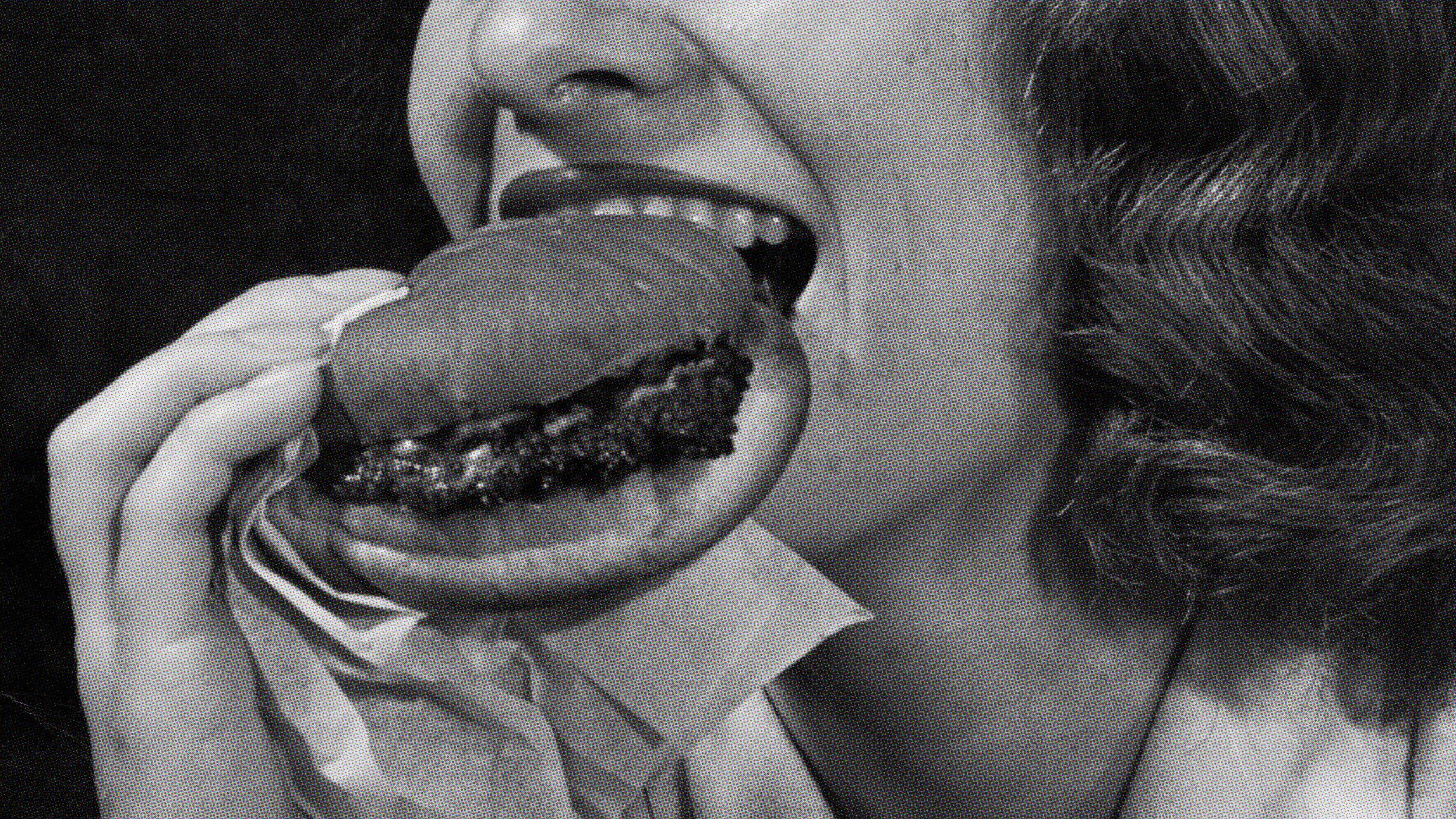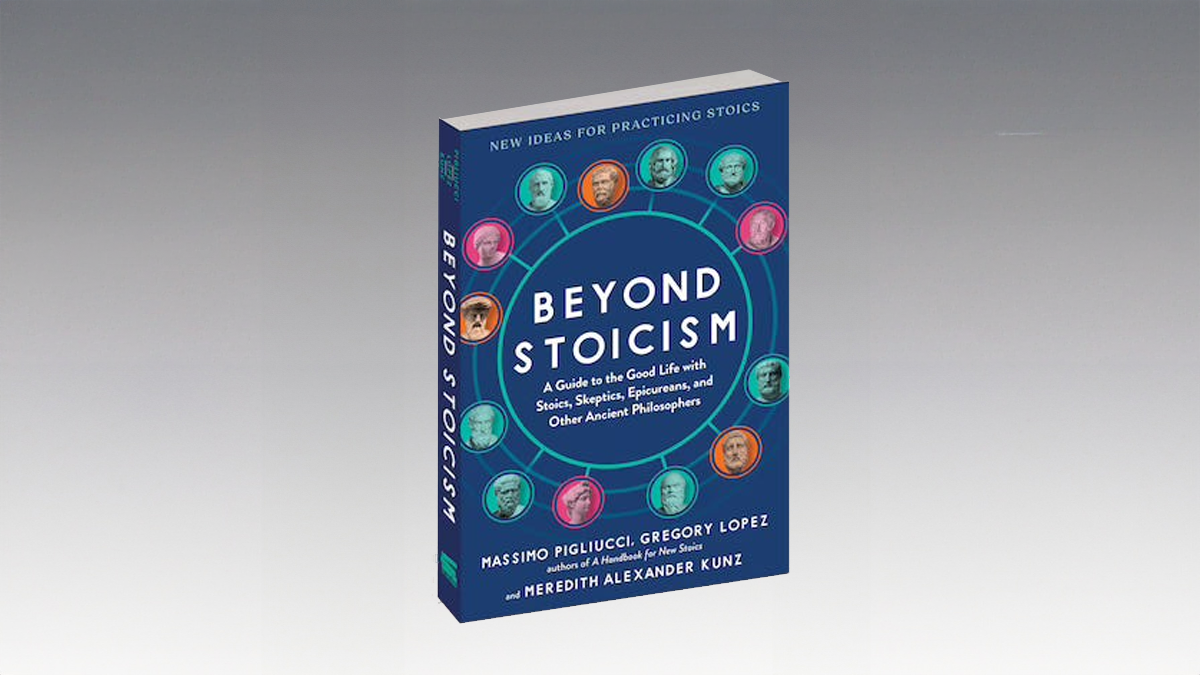From lighting to pricing, Shoptimism author Lee Eisenberg offers tips on how to prevent impulse purchases.
Question: What are some tricks coming from the sell side that we can learn to avoid?
Lee Eisenberg: The sell side has a number of -- I'll call them tricks, but I don't necessarily mean they're unethical, illegal or really things that we don't easily see through. There's a very, very deep art and science to pricing, for example, how do you set a price for something? And then how do you advertise a price? Lots of studies have been done on what kinds of offers, for example, are likely to push us from "I don't want it" to "oh, it looks like a pretty good thing, good deal, I'll buy it." If you are generally somebody careful with his or her money, if you're kind of bordering on a cheapskate, studies have found that the mere insertion of the word "only" or "just" in front of a price will actually tip the balance in terms of whether a frugal person will buy something. So here's a sign that says "$5"; here's a sign that says "only $5" or "just $5"; that one word will often make a bit of a difference.
Another thing that the sell side does quite successfully is to plant suggested reasons for why something might be useful. So you know, the classic one is "101 uses," or you know, "buy one for a picnic; buy one to keep in the refrigerator; buy one for your car." You get a sense that okay, it's pretty good to buy three of those because I'm going to get a lot of use out of it. A verywell known one, and it's ridiculous in terms of both mathematics and logic, is, three cans for $6, whereas you can buy one can for $2. But just the fact that the impression of the "three for" sort of moves us away from what our original intent might have been, which is to buy one, into another slightly different sort of cognitive realm, so we wind up being three. Now, none of those things is necessarily wrong. They probably say more about how our brains work than about anybody's malevolent intent.
The other thing about pricing, maybe one of the more interesting things, I think, is that consumers should be aware of how retailers and merchants can play with three versions of something, three different-priced versions of something. And you see this in a lot of different places. But very often a retailer might be offering three jackets, three down jackets or something like that. And one has a lot of features, and it's got a lot of down and a lot of zippers, and a fur hood. And that's $200 or whatever it might be. And then same retailer might have a stripped-down version of that for $99; it still has some down; it's got enough down to keep you warm; it's got a lot of zippers; there's no fur on the hood. And it's your basic model of that jacket. And then there's a middle one that has a little more down than the one on the bottom and a little less down; it doesn't have fur, but it feels pretty good. Maybe it comes in some additional colors.
And very often, why a retailer is doing that is not -- he's very happy to sell you the expensive one; he's very happy to sell you the cheaper one; but generally speaking, what he's doing is trying to sell you that middle one, and he's probably bought many more of those middle ones. And the reason that tends to work is that we reference the value of that middle by the ones on the two extremes. Because there's an expensive version in the store, we immediately assume, often rightly, that the store has really good things, really quality things, and the prices to prove it. At the same time, the lowest-end one seems to be a really good value, so it's really not that high-priced; I can shop in this store pretty easily. So that middle -- we default to the middle one because it seems like a really -- you know, we're in a nice place with good stuff, but we're not in a place that's too expensive for us because of the cheaper one, so that middle one represents a really good value. In the trade it's called the good, better, best strategy.
But you also see it in a lot of different places. When times are tough and if you walk into a Coach leather goods store, for example; Coach is a brilliant retailer at measuring their prices against the economic moment, and they know that in times like these, people are not going to be spending many hundreds of dollars on a handbag, by and large. We might spend a bit of money on a change purse or a small wallet or something like that. So what a Coach will do, and other stores will do, is often take a very expensive bag, you know, bathe it in beautiful halogen light so that it shimmers and casts in effect a halo over what is placed around that expensive bag, which are, you know, smaller low-priced items that presumably we can better afford. So that halo effect often happens in a store. You'll see it in Ralph Lauren a lot, where you -- you know, there's an extraordinarily expensive leather bag, and it's surrounded by other things that are not necessarily inexpensive, but compared to that bag, you know, even a $300 cashmere sweater seems pretty cheap. Of course it isn't for most people. But it's a way that the retailer has of sort of relieving us of some of the guilt that might be attached to buying a wallet that we don't really need or a cashmere sweater that's expensive but we can kind of afford.
Recorded on November 9, 2009





